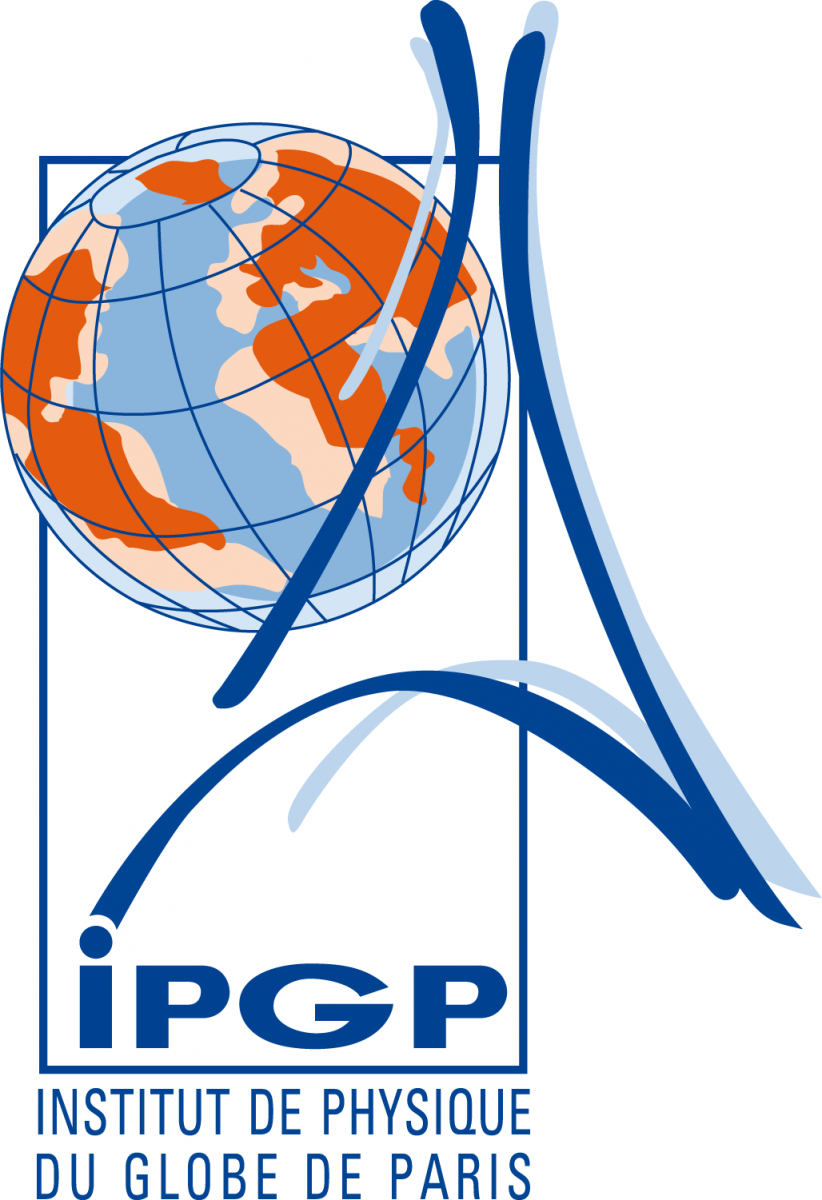Collect dredged and wax-cored samples on selected sections of the Southeast Indian Ridge in order to investigate the isotopic heterogeneities observed along this ridge and the dynamics of the underlying mantle; -------------------------------------------------------------------------------- The GEISEIR Cruise: Detailed Investigation of the Southeast Indian Ridge Seeking for a Geochemical Scan of the Upper Mantle Structure Hemond, C.; Albarede, F.; AA(Christophe Hemond, UMR 6538 Domaines oceaniques IUEM Place Nicolas Copernic, Plouzane, 29280, France ; [email protected]), AB(Francis Albarede, UMR 5570 E.N.S. Lyon 46 allee d'Italie, Lyon cedex 7, 69364, France ; [email protected]) Publication: American Geophysical Union, Fall Meeting 2008, abstract #T51B-1892 Publication Date: 12/2008 Isotopic heterogeneities along mid-ocean ridges reflect the dynamics of the underlying mantle. Present studies on the Mid Atlantic Ridge obtained on a 50 km step sampling (nearly 500 isotopic analyses of Pb, Nd, Hf and Sr) have revealed that they are dominated by a range of wavelengths between 600 and 5 000 km, which we interpret as reflecting the stretching and refolding of ancient lithospheric plates by mantle convection. It is time to go back to the ridges to deepen our knowledge of the fine mantle source structure underneath them. Graham and Lyon coworkers (2006) recently discovered that, along the South-East Indian Ridge (SEIR), Hf isotope compositions of MORB toggle over some 3000 km between two groups of values separated by a prominent gap. We interpret this pattern as reflecting the presence of striations between isotopically distinct mantle sources. The cumulated number of "toggles" is proportional to the distance along the ridge, which demonstrates the Poissonian character of the striation occurrences (random mixing). This GEISEIR cruise aims at further exploring the hypothesis that the unique isotopic patterns observed along the SEIR reveal striations between ancient mantle sources and recycled material. The isotopic analysis of the 150 samples recovered by the cruises Boomerang 6 and Westward 10 between St Paul and the Australia- Antarctica Discordance is completed. We consider, however, that the present sampling (roughly at a 50 km step) is too crude for an efficient spectral analysis of the data set. In order to improve this, the GEISEIR cruise will allow us to fill up a few existing gaps at 50 km intervals between 82 et 89° E but also to sample the ridge with a step of 10 km between 89° et 96° E and a step of 5 km between 96 and 99° E. This will allow us to obtain statistical distributions for isotope compositions and to assess the effect of sample density by a local decimation of the data. This cruise is scheduled for January-February 2009 on the R/V Marion Dufresne.
GEISEIR
PI Country:
France
PIs:
Hemond, C.
Ocean:
Indian
Region:
SEIR
Year:
2009
Start Date:
2-Jan-2009
End Date:
12-Feb-2009
Ship:
R/V Marion Dufresne 



